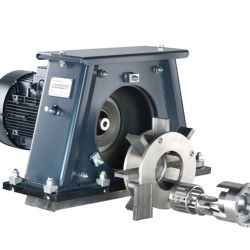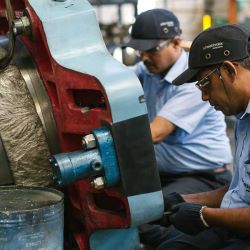Company Profile
For over 30 years the company has specialised in the design and manufacture of implants used to replace hips, knees, shoulders and elbows as well as other biomaterials and orthopaedic surgical instruments.
With annual sales exceeding $2 billion dollars, the firm and its 6,700 employees work in partnership with medical professionals to develop and manufacture innovative designs, distributing products to 70 countries.


